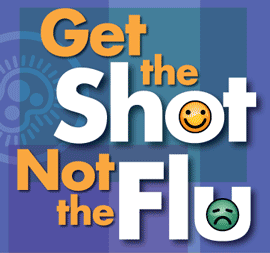Tracking This Year’s Flu Season with Social Media
In Social Bookmarking, Social Media, Social Media News Brief, Social Networking, Web 2.0 | No commentThis year’s flu s
This is certainly the worst flu season the country has seen since the swine flu outbreak of 2009. Initially, the CDC reported that flu activity was low early on in what normally would be considered flu season. This announcement, unfortunately, may have led to many people skipping out on their seasonal flu vaccinations; this in turn may have led to the disastrous flu season that has commenced since then.
In the world we live in today, where many of us are consumed by electronics, social networking, and the Internet as a whole, it is no surprise that people are finding ways to use the Internet and social networking to track and document this devastating flu season. One such instance is Google Flu Trends, a website launched by Google that allows visitors to view a map of the country (as well as other countries) and even check out how much flu activity there is on a state-by-state basis. These numbers are generated in real-time through Google searches related to the flu, based on the principle that there are more flu-related searches during flu season, alongside figures presented from the CDC.
In a similar vein, researchers at Johns Hopkins University have developed a way to track flu activity through those that are complaining about flu symptoms on Twitter; using special filters, it attempts to find posts with people discussing that they have the flu, rather than reactionary posts about the flu. Though these methods presented through Twitter and Google may not yet have the accuracy of the CDC reports, they do provide immediacy. The CDC releases weekly information regarding the flu, but the information is generally about two weeks old by the time they post their reports online.
Google Flu Trends and the Twitter filter are ways that social networking and the Internet can fill the gaps created by the long time that it typically takes for the CDC to post their statistics. There have been other projects recently that do similar things, such as ‘Sick Weather,’ a project that pulls from Facebook and Twitter to map certain contagious diseases. While there are obvious instances where certain important demographics are underrepresented, if not excluded (children and the elderly, in particular), these projects are all an interesting gateway to the future and how contagious diseases might be prevented or controlled using social networking technology in the future.

